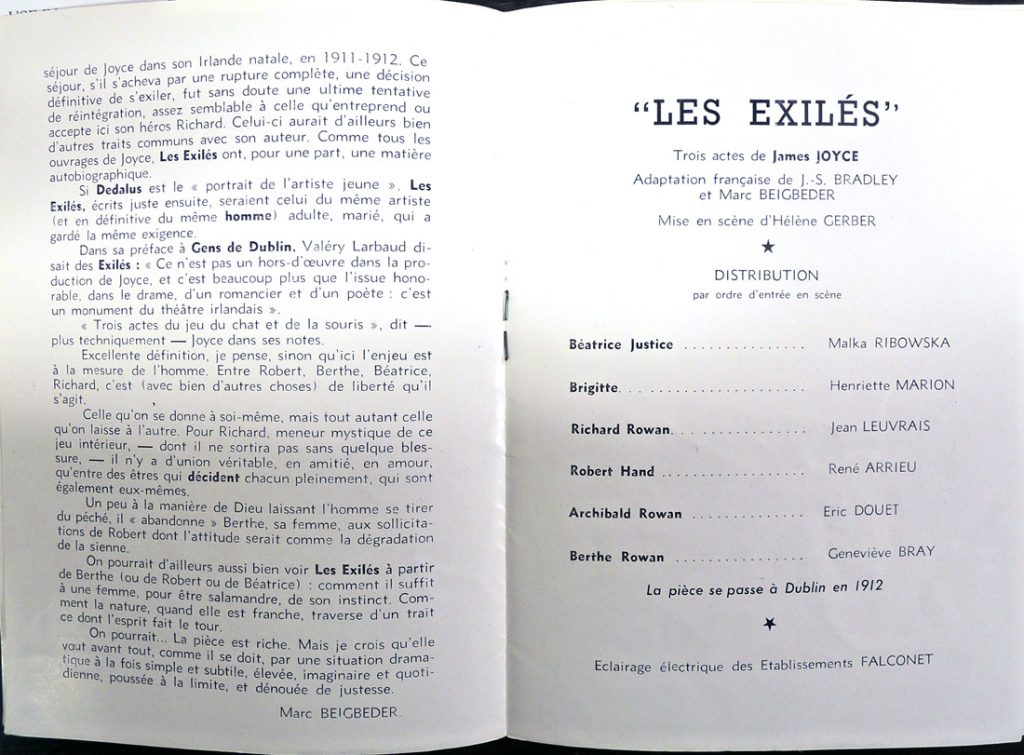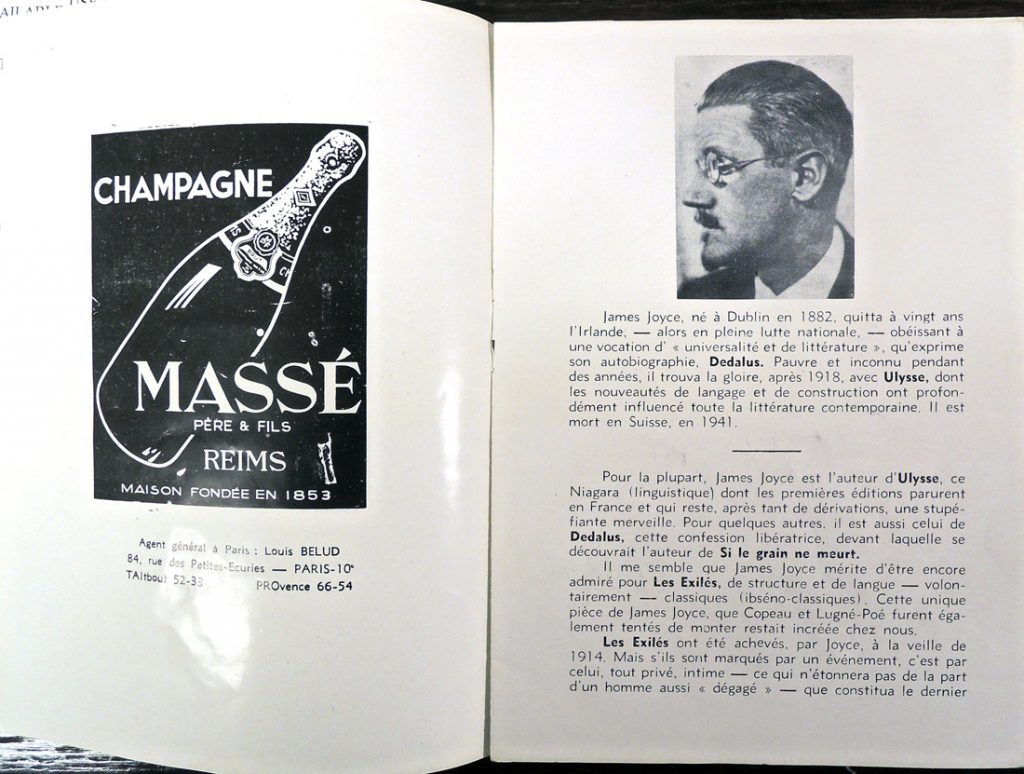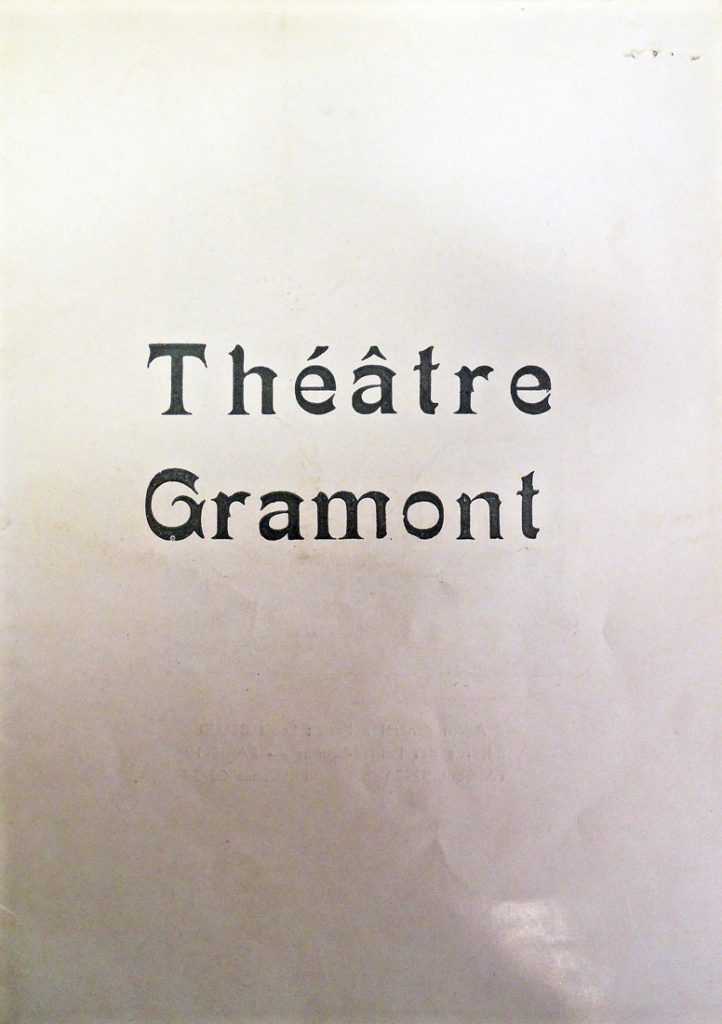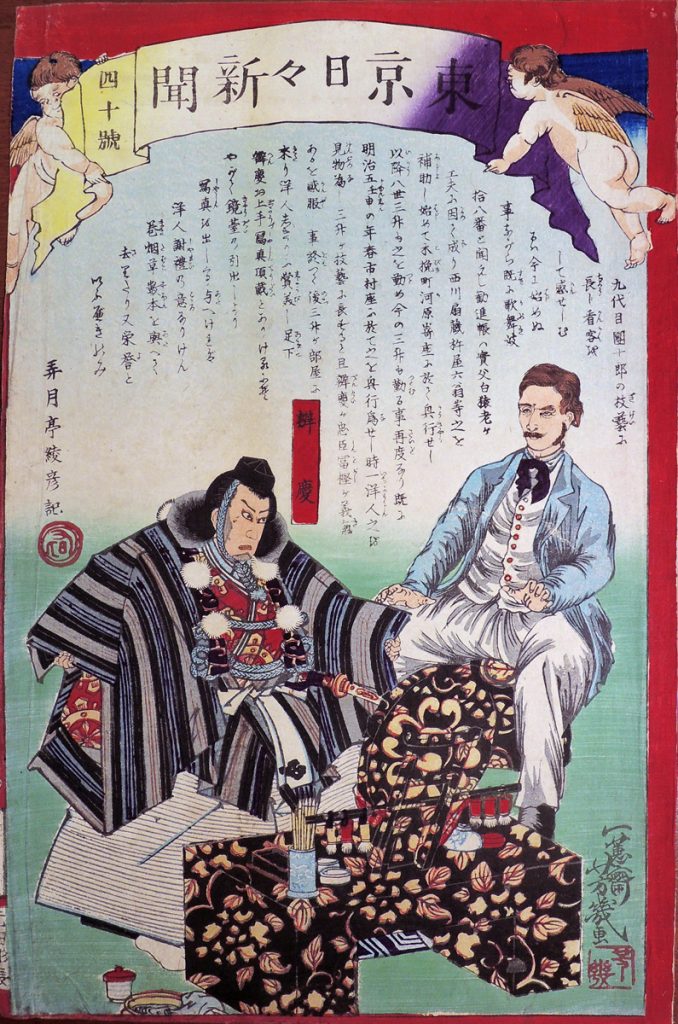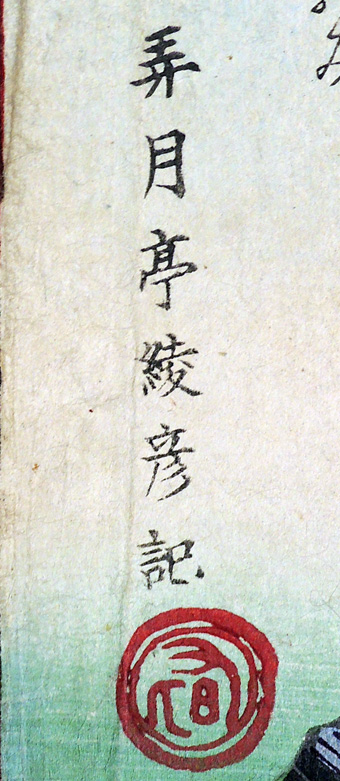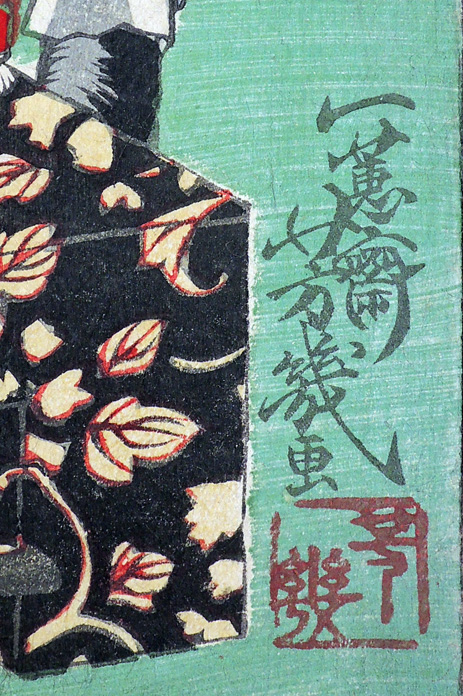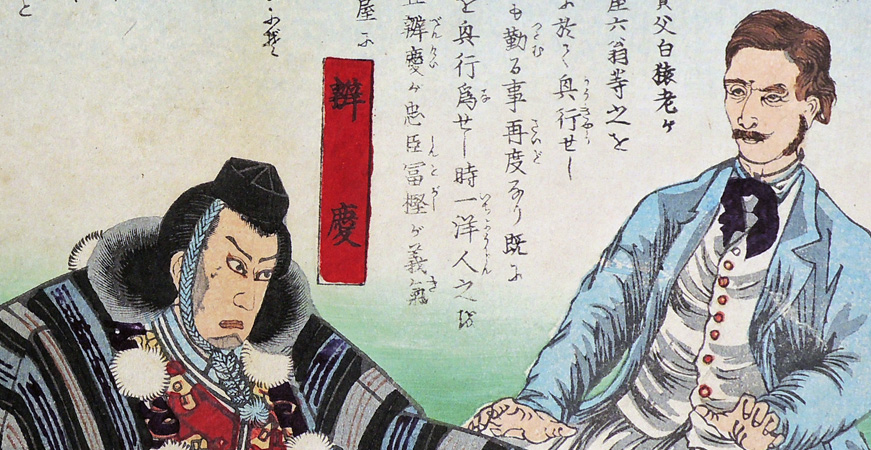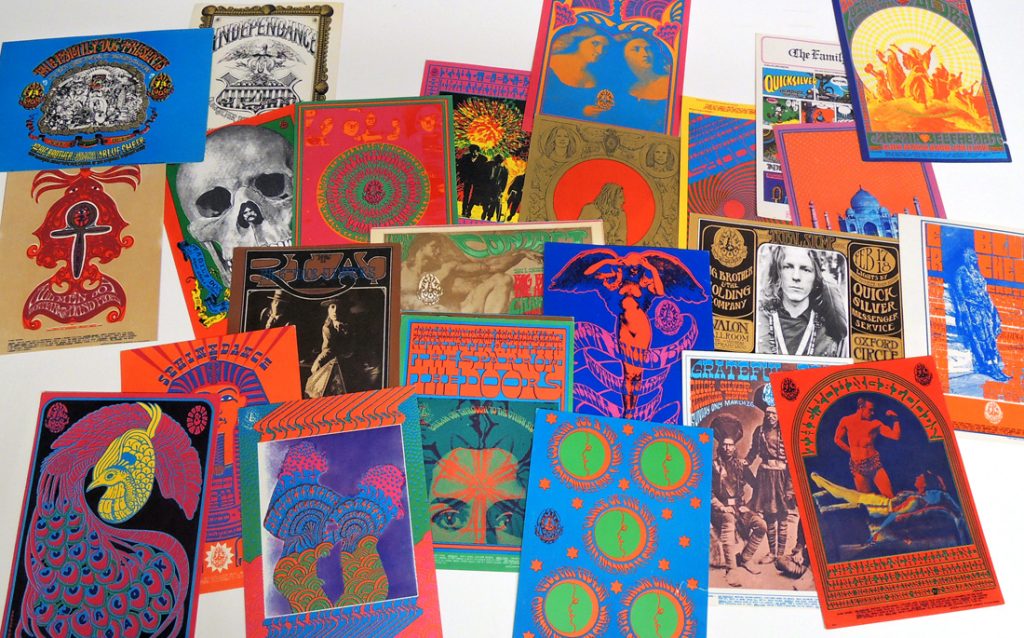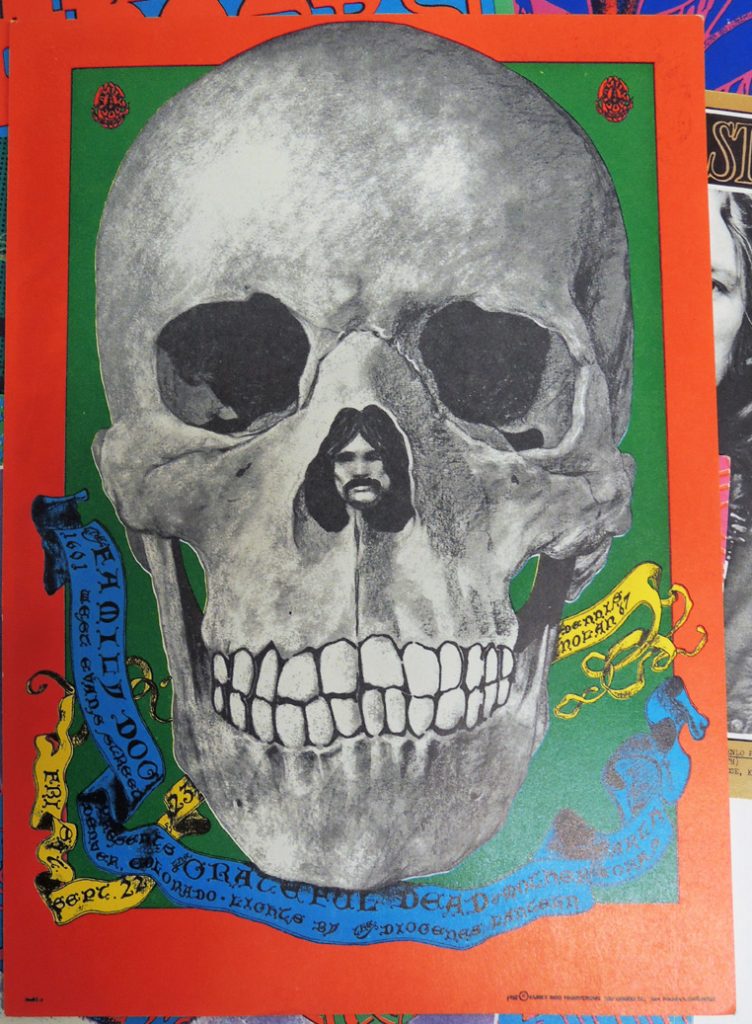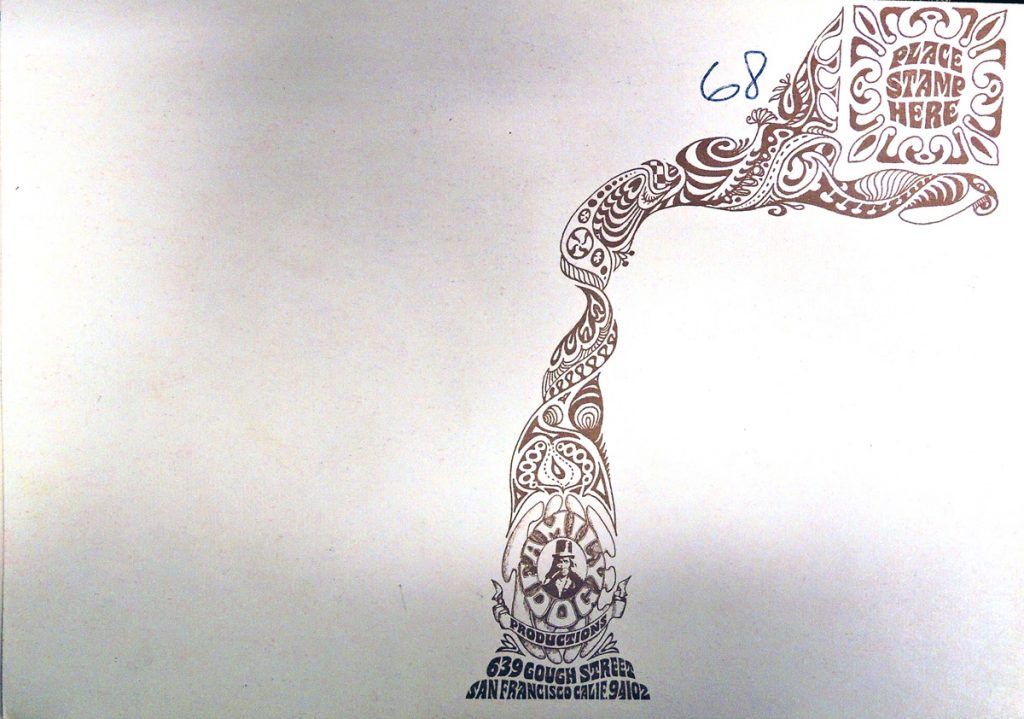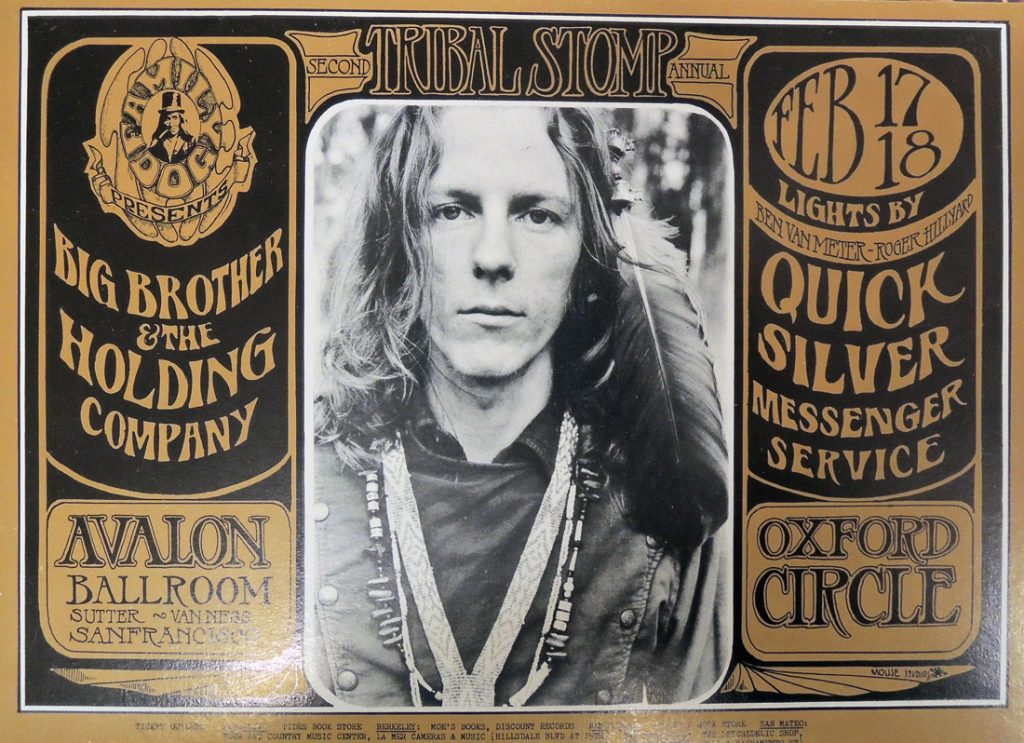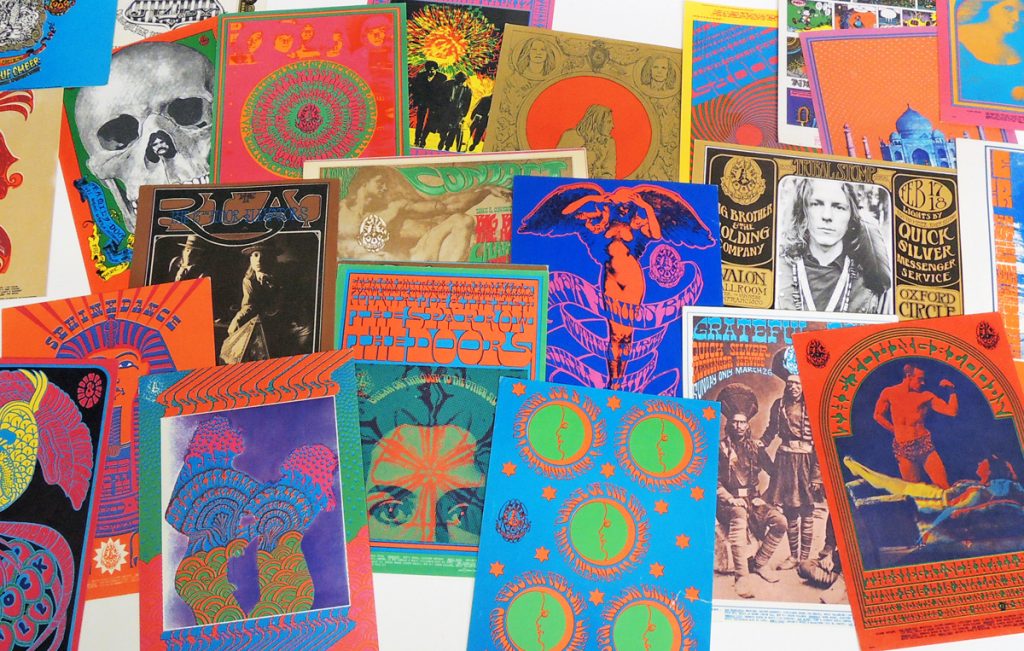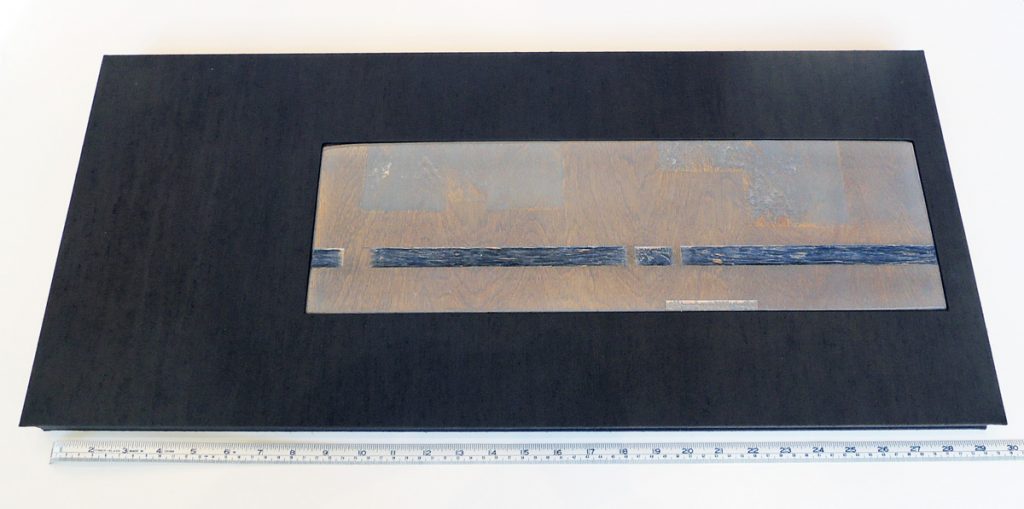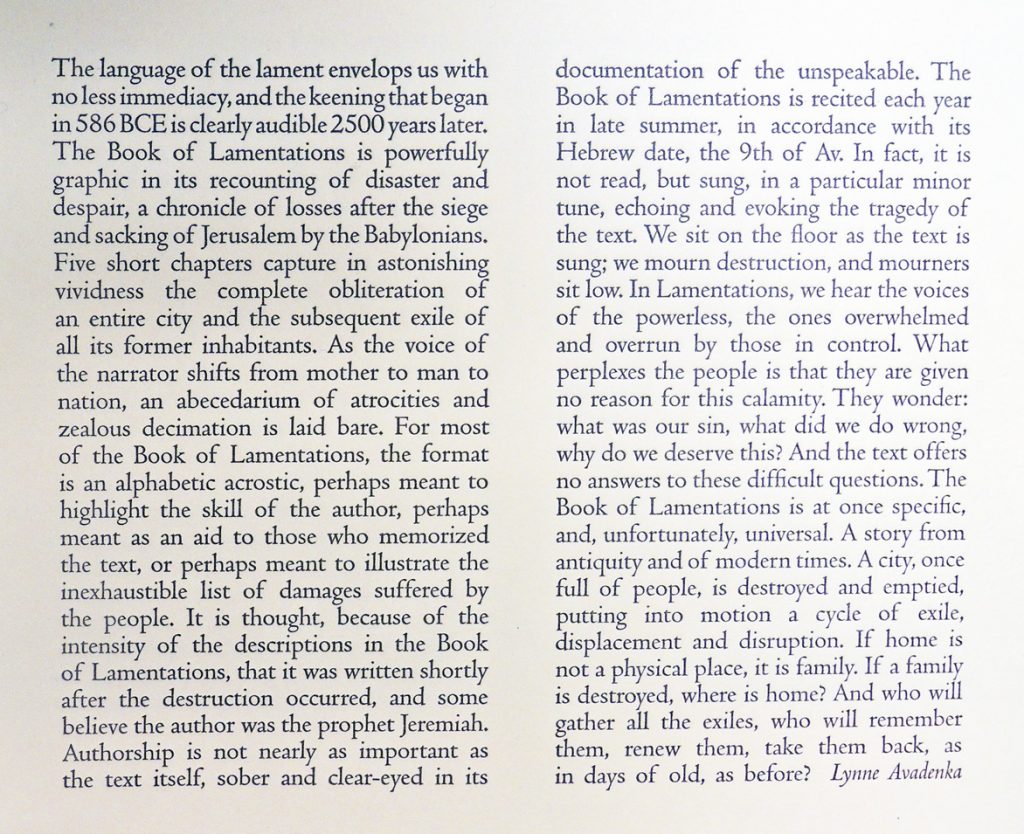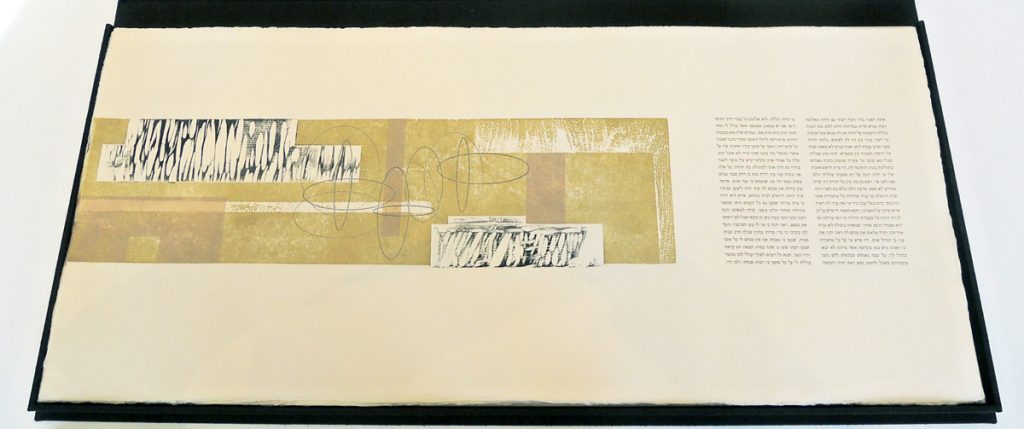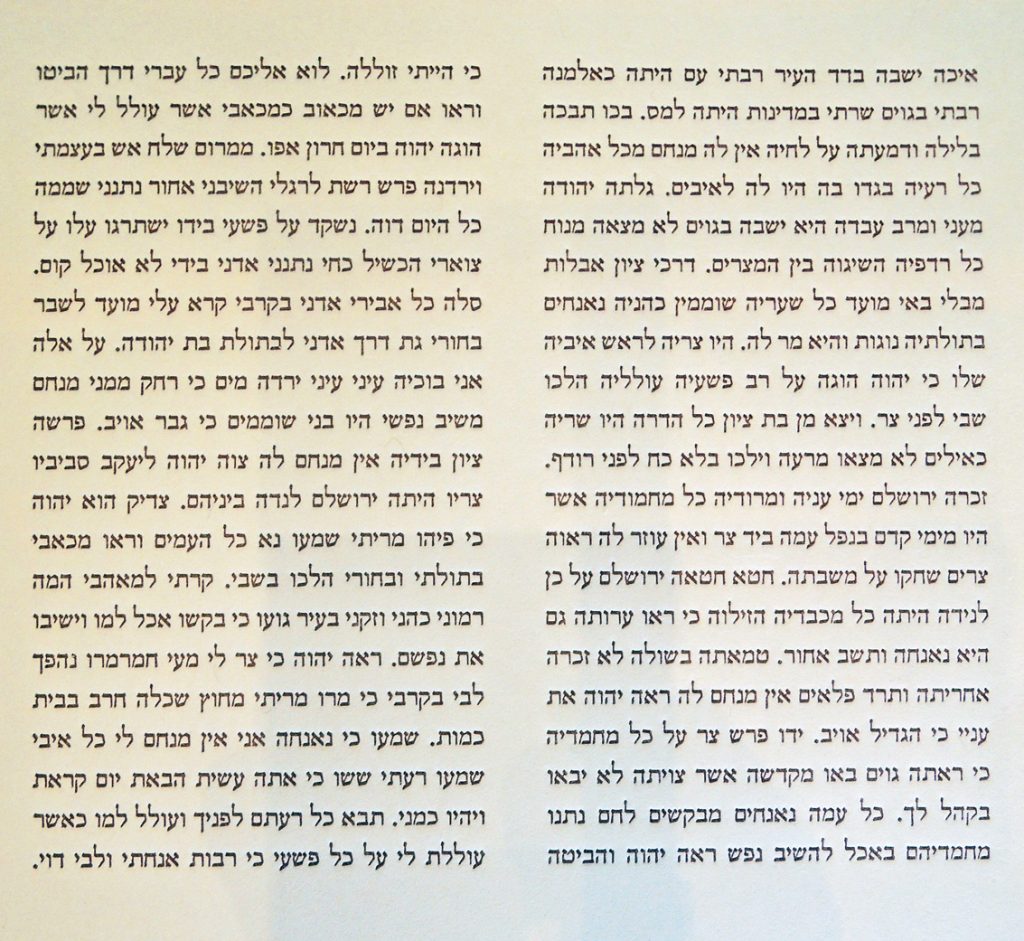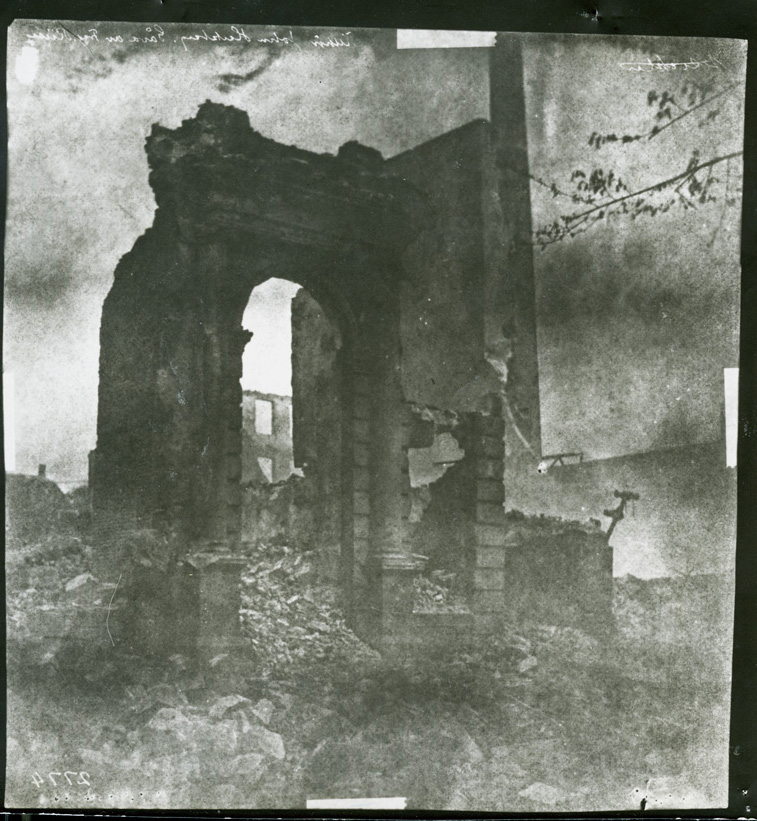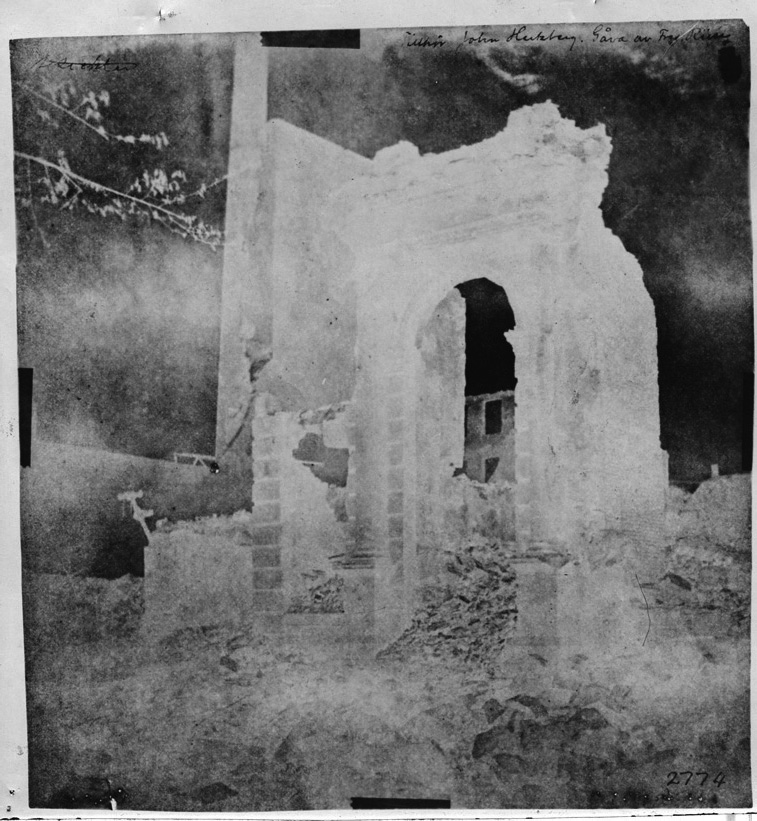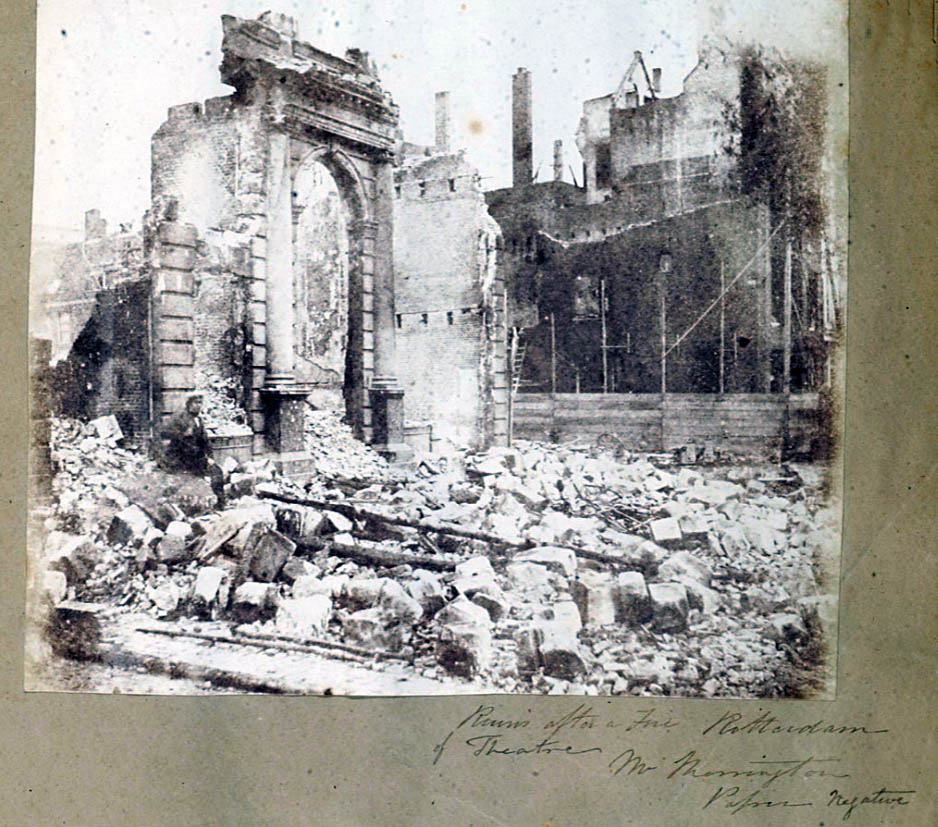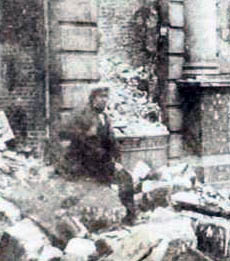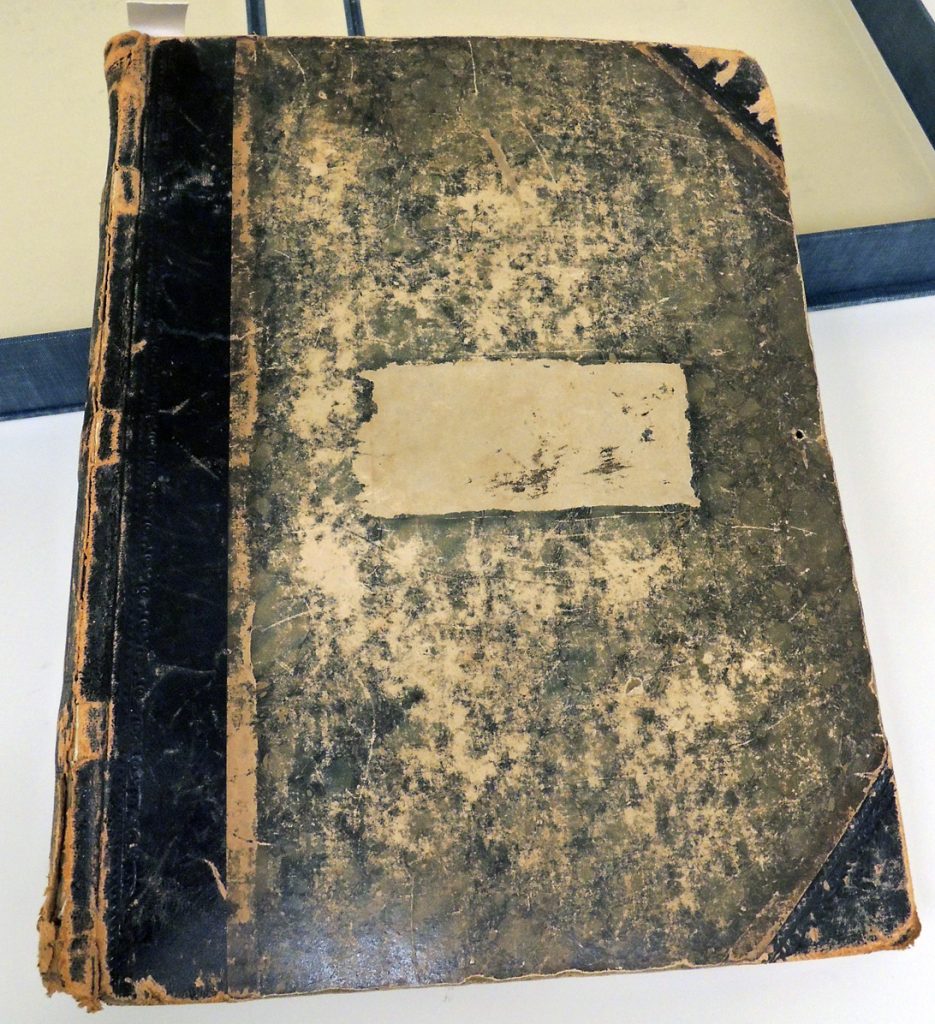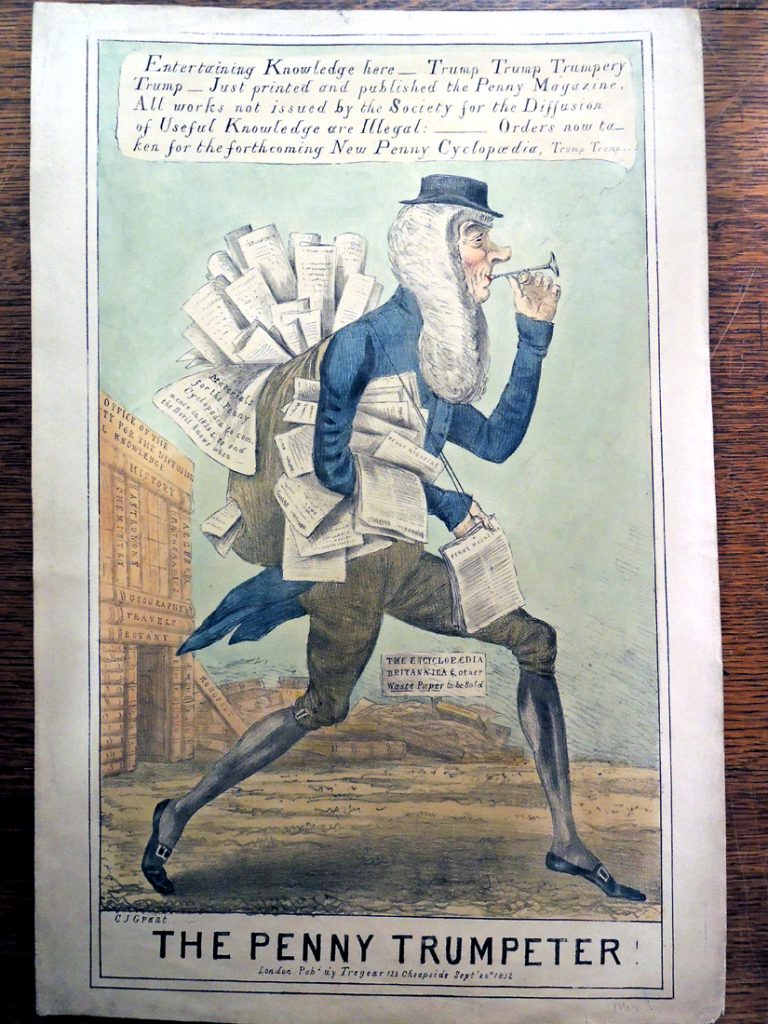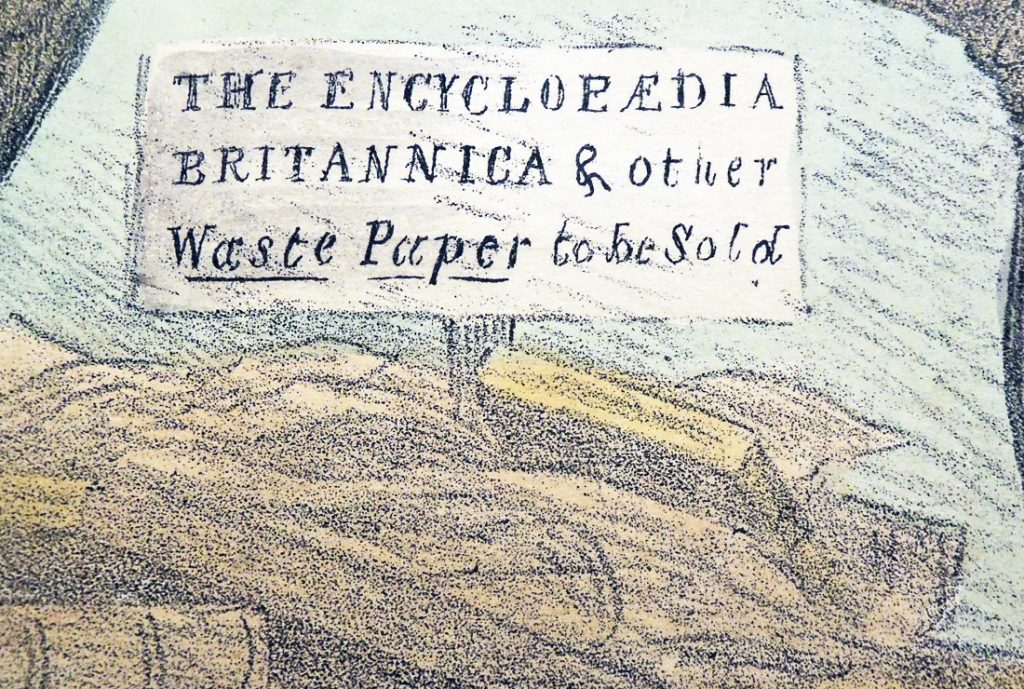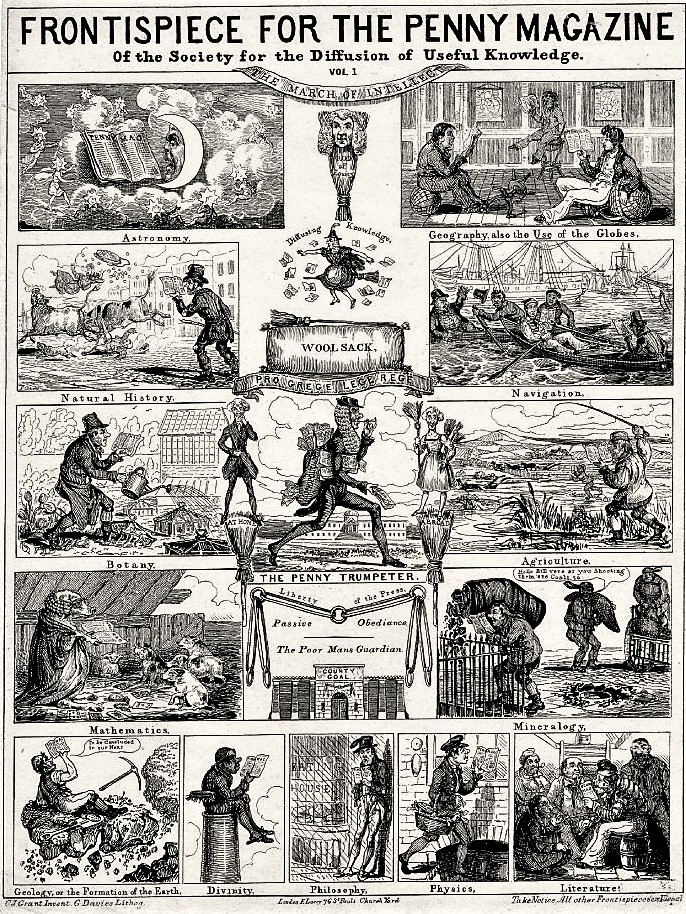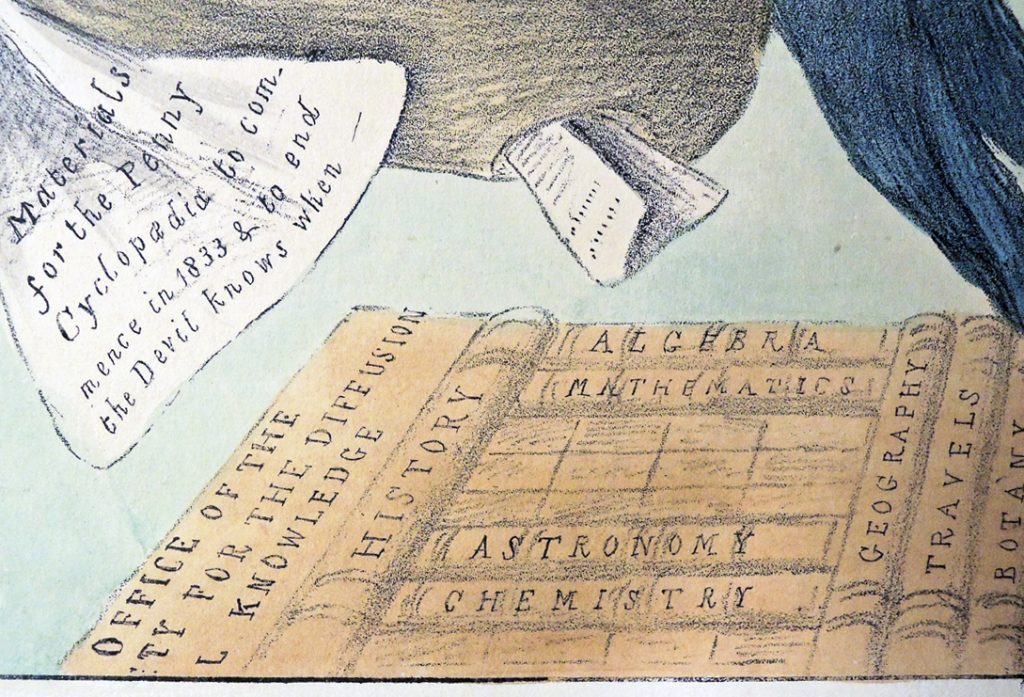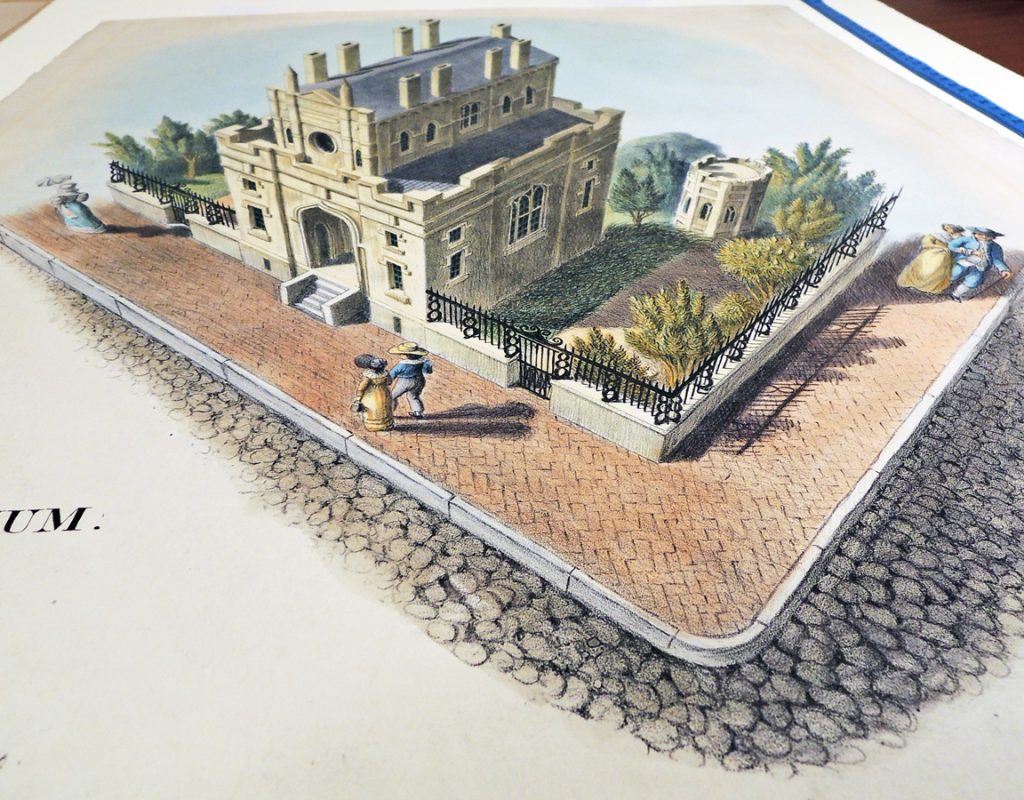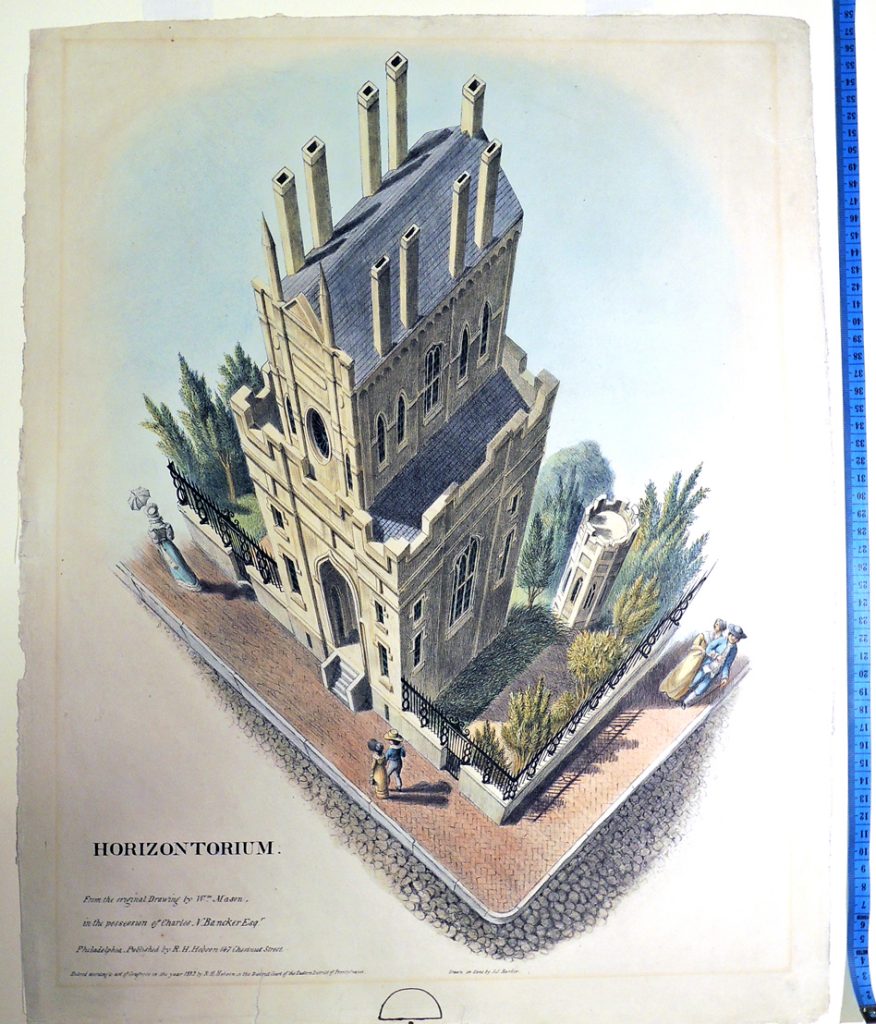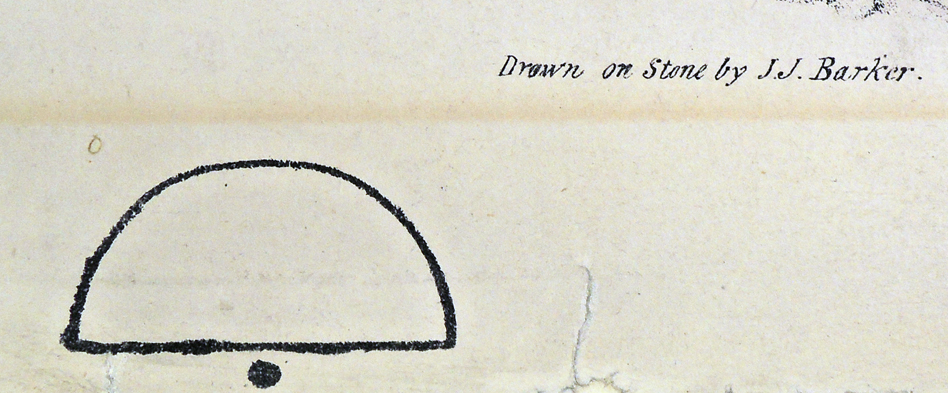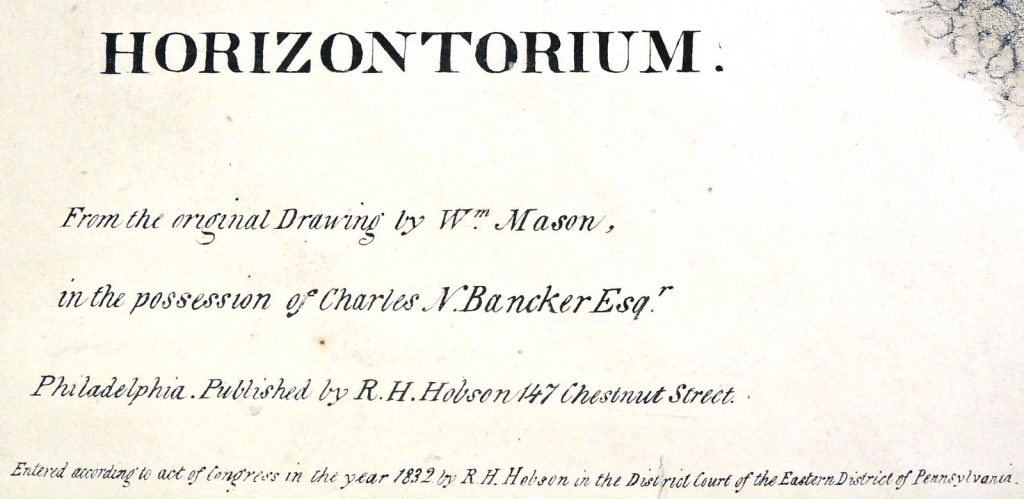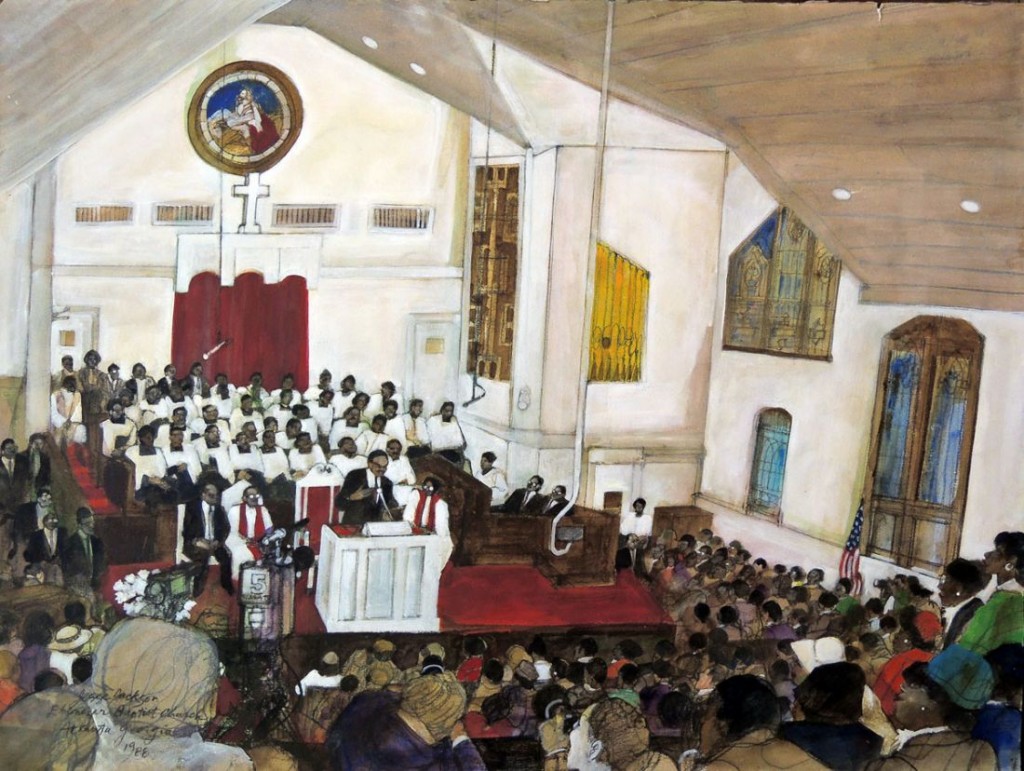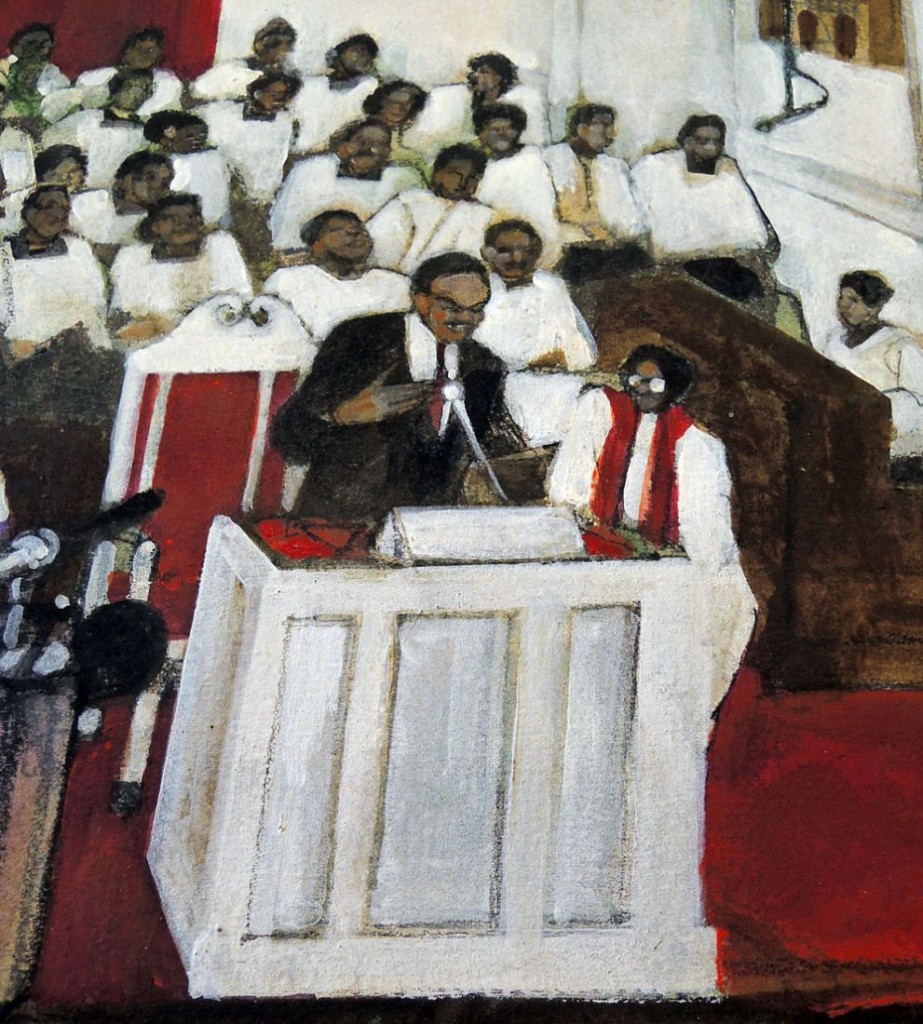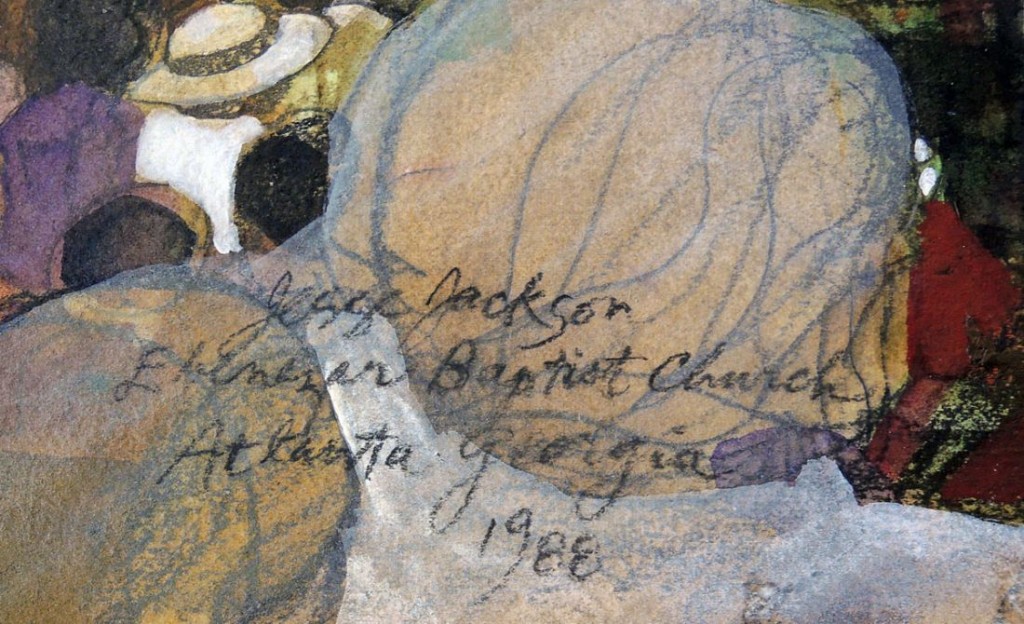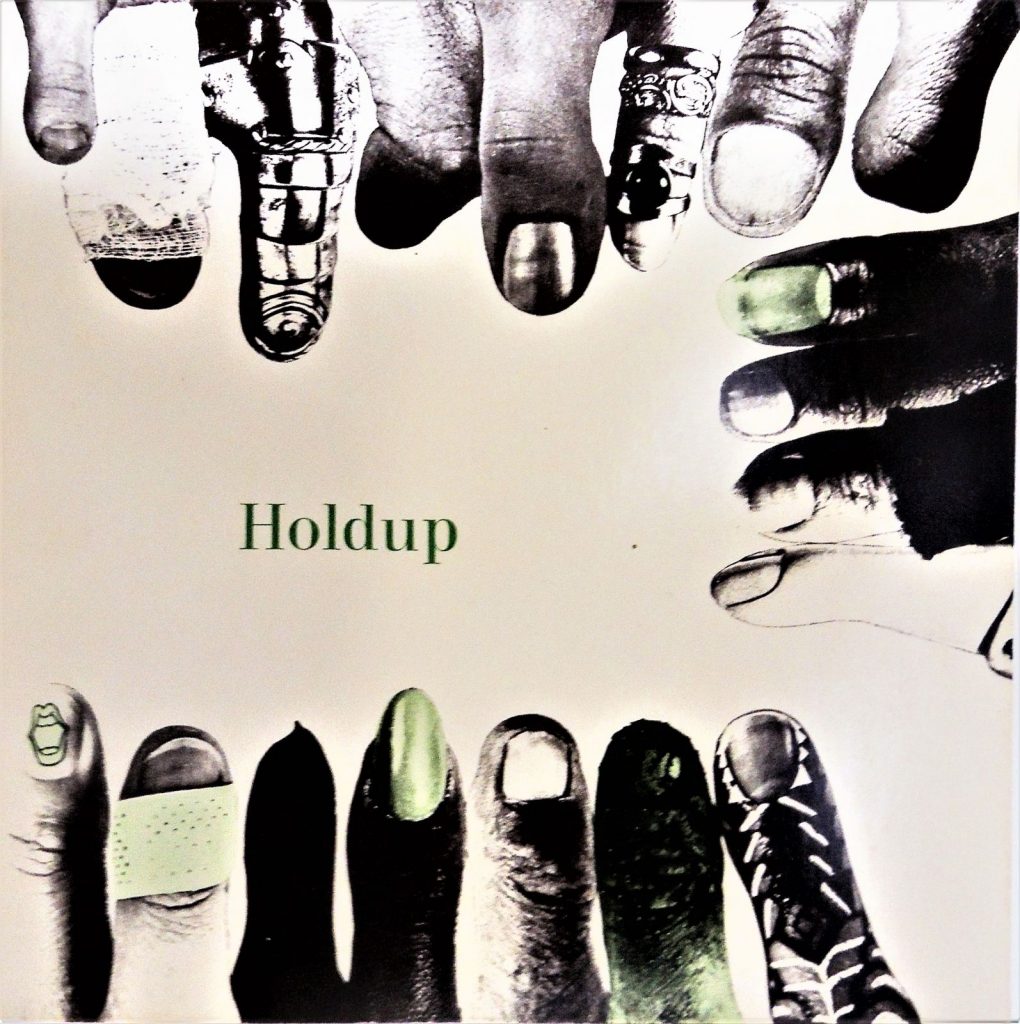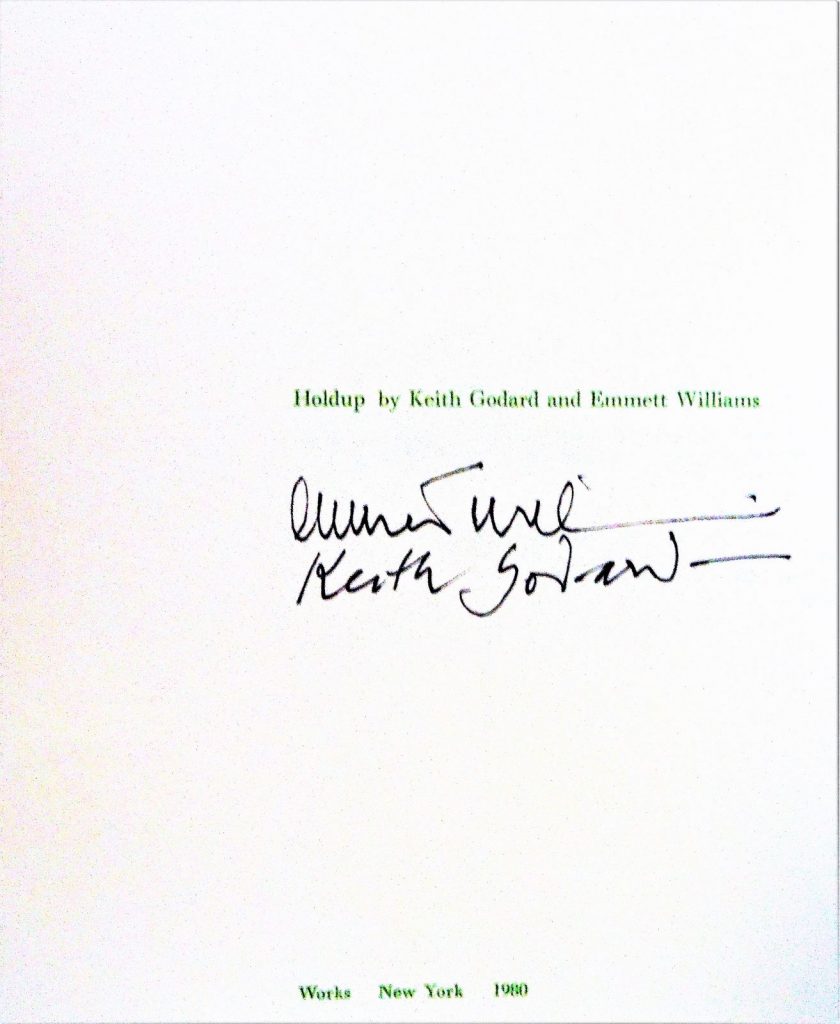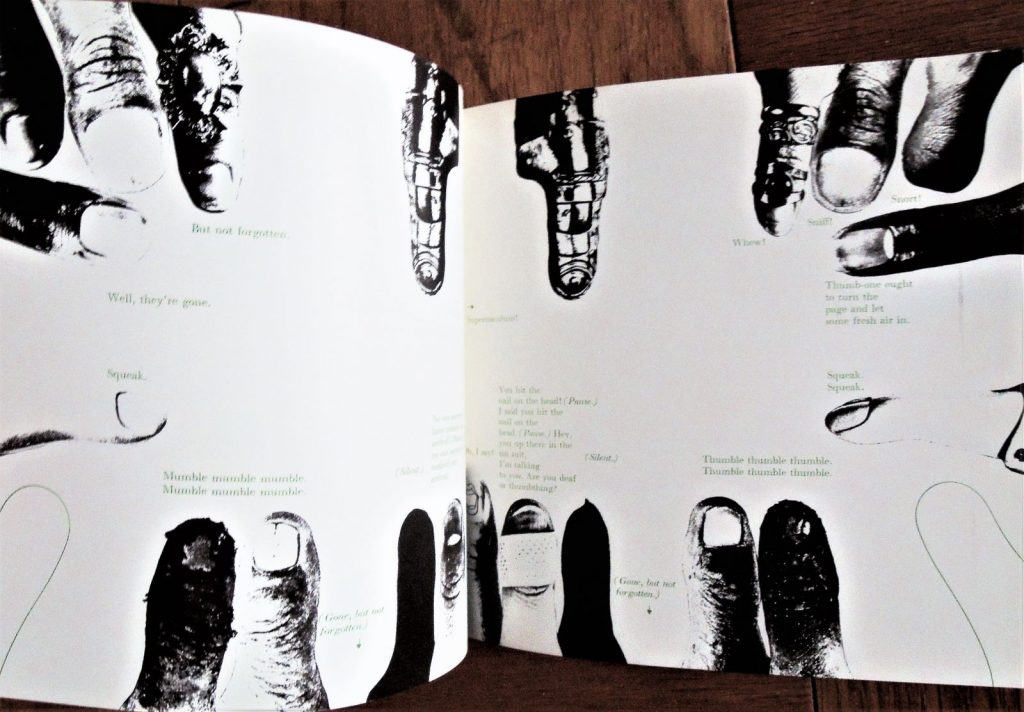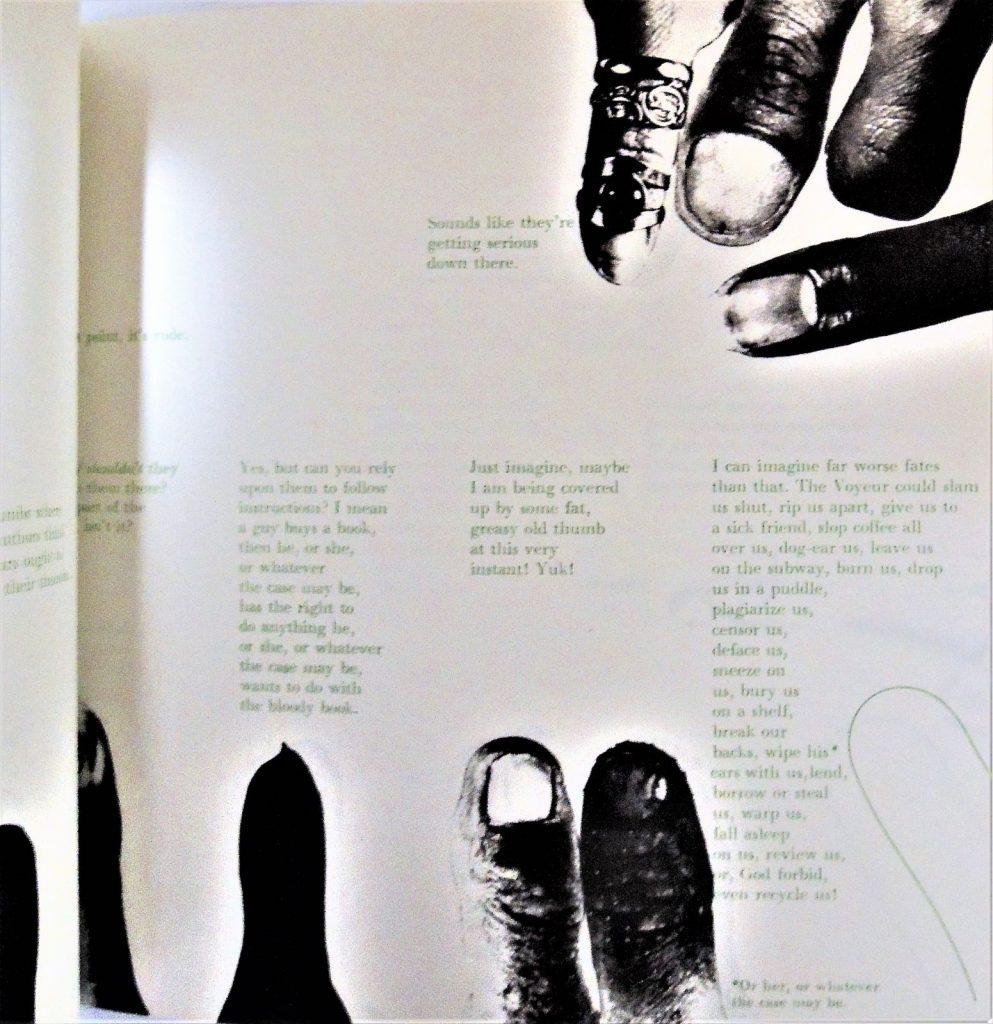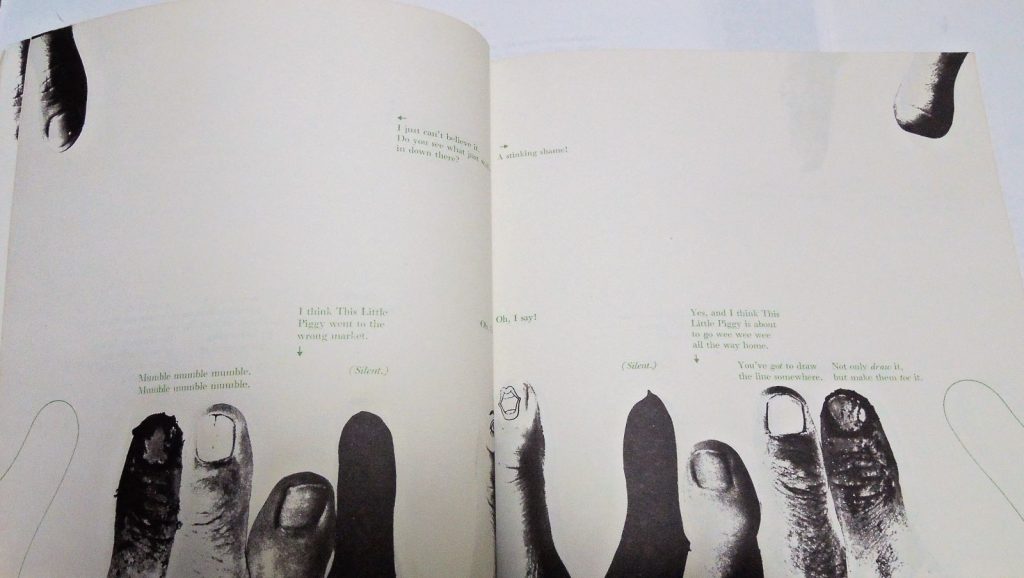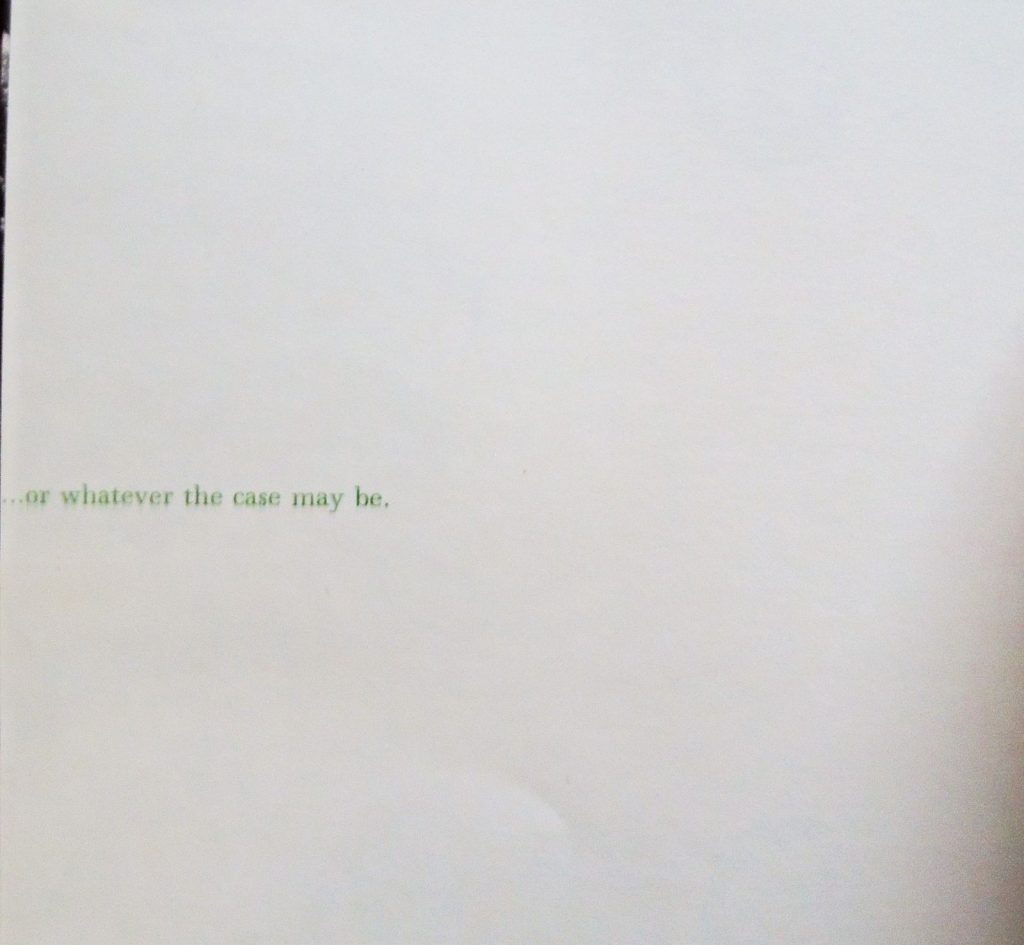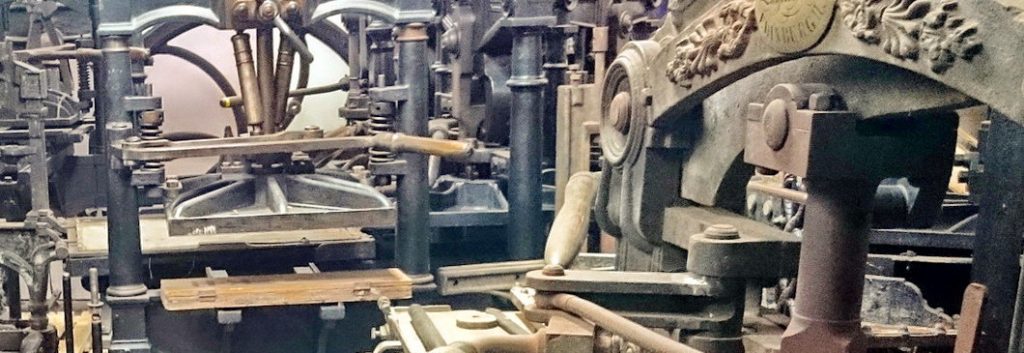 Association of European Printing Museums (AEPM) 2017
Association of European Printing Museums (AEPM) 2017
In case you haven’t already seen this call for papers, please consider proposing something for the upcoming AEPM conference. Princeton University Library is a member. http://www.aepm.eu/conferences/
The conference will take place May 11-13, 2017 at The Museum of Typography, Chania, Crete (Greece) and the theme will be: Making history: collections, collectors and the cultural role of printing museums. It will look at the ways in which collections of printing heritage materials become museums. Possible subjects for discussion include:
Who collects printing heritage materials?
How is printing heritage transmitted from one generation to the next?
What motivates founders of printing museums?
How do collections become museums?
How are collections made available to the public?
What forms do independent printing museums take – associations, foundations, privately-owned companies?
What challenges do independent collections and printing museums have to face?
Proposals for talks are invited from museums of printing and graphic communication, and from heritage workshops, collectors, and scholars involved in printing heritage. Abstracts of no longer than 250 words should be submitted along with a brief biography to: chair@aepm.eu and info@typography-museum.gr by January 30, 2017. Speakers will be allocated 30 minutes (including discussion) in which to present their papers.
The conference will also offer an opportunity to discover some aspects of Greek printing heritage with the help of several invited speakers:
Yiannis Filis, former dean of the Technical University of Crete (Greece)
Gerry Leonidas, associate professor of typography at the Department of typography and graphic communication, vice-president of ATypI (United Kingdom)
Klimis Mastoridis, professor of typography & graphic communication, University of Nicosia, Cyprus
George D. Matthiopoulos, lecturer in the Department of graphic design at the School of art and design of the Technological Educational Institute of Athens (Greece)
Konstantinos Staikos, architect, book historian and researcher (Greece)


